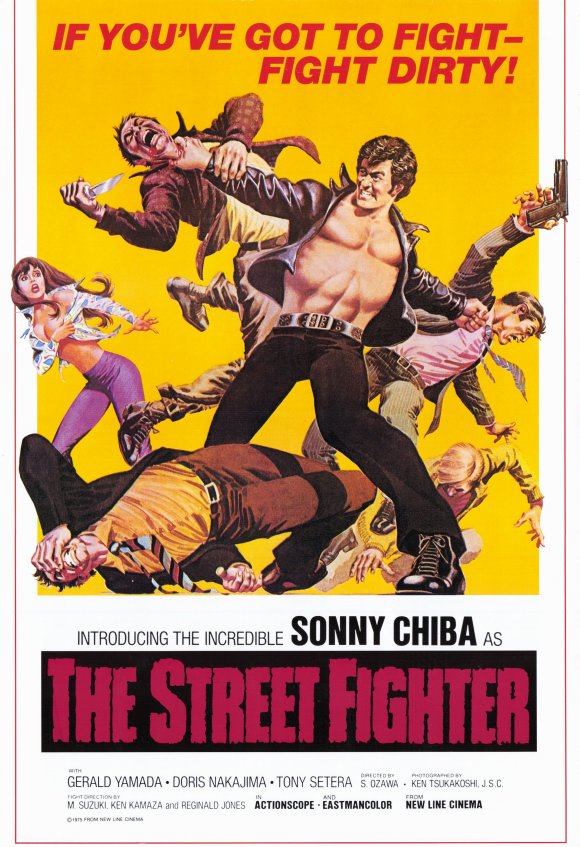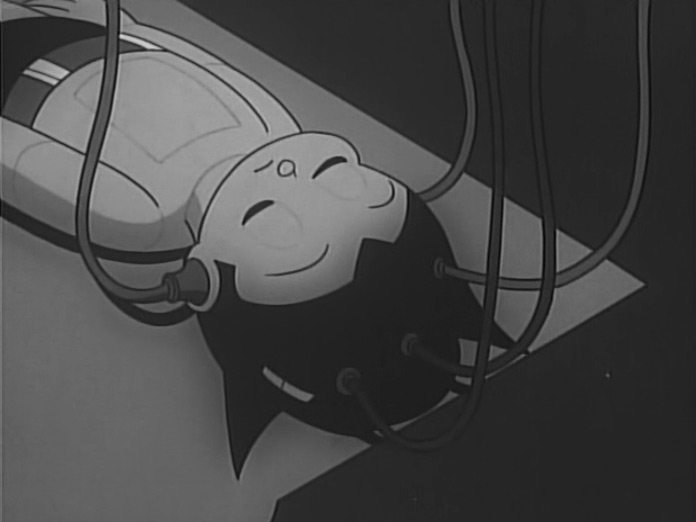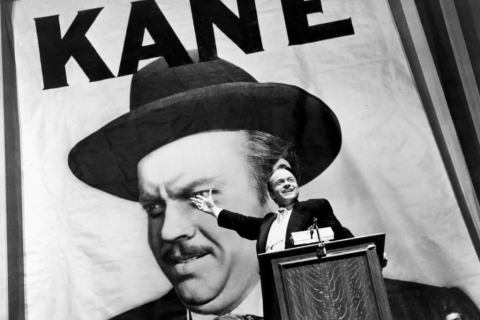“High tech and low life”: never have I heard a literary genre so elegantly encapsulated. I repeat it whenever a friend who finds out I enjoy reading cyberpunk novels — or watching cyberpunk movies, or playing cyberpunk video games — asks what “cyberpunk” actually means. We’ve all heard the word thrown around since the mid-1980s, and I seem to recall hearing it several times a day in the 1990s, when the development of the internet and its associated pieces of personal technology hit the accelerator hard. At the dawn of that decade, out came Cyberpunk, a primer on the eponymous movement in not just literature, film, and computers, but music, fashion, crime, punishment, and medicine as well. That time saw technology develop in such a way as to empower less governments, corporations, and other institutions than individual people: virtuous people, sketchy people, everyday people, and that favorite cyberpunk character type, the “gentleman-loser.”
We recently featured No Maps for These Territories, the 2000 documentary starring William Gibson, author of novels like Neuromancer, Idoru, and Pattern Recognition and the writer most closely associated with the cyberpunk movement. Cyberpunk describes him, a decade earlier, as “the man who may be said to have started it all,” and here he shares insights on how the literary form he pioneered made possible stylistic development within and the importation of elements of the wider literary and artistic world into the reactionary “golden ghetto” of the science-fiction industry. We also hear, amid a farrago of glossy, flamboyantly artificial early-1990s computer animation, from a number of cyberpunk-inclined artists, musicians, scientists, and hackers.
This lineup includes psychologist, LSD enthusiast, and Neuromancer PC game mastermind Timothy Leary, in some sense a progenitor of this whole culture of self-enhancement through technology. How has all this worked out in the near-quarter-century since? It depends on whether one of Gibson’s darker predictions aired here will come true: if things go wrong, he says, the future could in reality end up not as a grand personal empowerment but as “a very expensive American television commercial injected directly into your cortex.” Fortunately for cyberpunks the world over, we haven’t got there yet. Quite.
(And if this documentary gets you wanting to jump into cyberpunk literature, you could do worse than starting with Rudy Rucker’s Ware Tetralogy, two of whose books won the Philip K. Dick Award for best novel, all of which come with an introduction by Gibson, now available free online.)
Cyberpunk will be added to our collection, 285 Free Documentaries Online, part of our larger collection, 4,000+ Free Movies Online: Great Classics, Indies, Noir, Westerns, Documentaries & More.
Related Content:
William Gibson, Father of Cyberpunk, Reads New Novel in Second Life
What’s the Internet? That’s So 1994…
Colin Marshall hosts and produces Notebook on Cities and Culture and writes essays on cities, language, Asia, and men’s style. He’s at work on a book about Los Angeles, A Los Angeles Primer. Follow him on Twitter at @colinmarshall or on Facebook.





